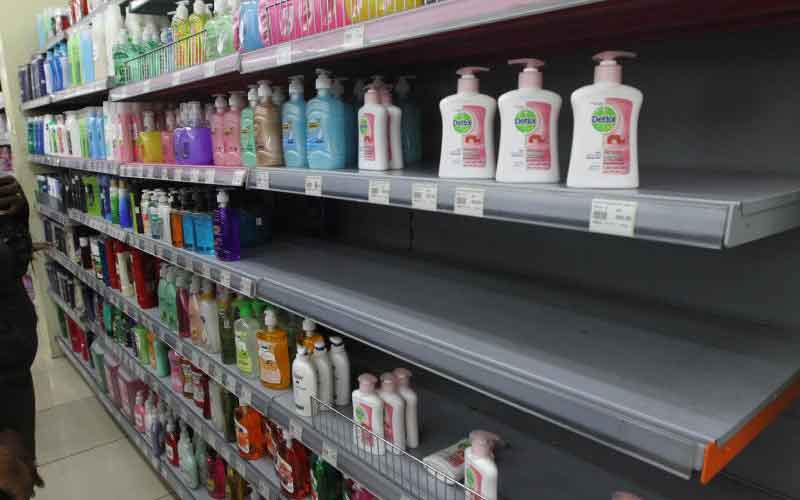Introduction: A New Trade Reality
In 2025, the global pharmaceutical industry finds itself at a pivotal juncture. The United States has imposed fresh tariffs on key trading partners—including China, Canada, and Mexico—triggering a chain reaction of retaliatory measures. Among the hardest hit sectors is pharmaceuticals, where China plays a critical role in the export of Active Pharmaceutical Ingredients (APIs) and intermediates.
With Chinese pharmaceutical exports becoming costlier and India supplying 30–35% of US generics, there’s a significant shift unfolding in the global trade landscape. But this is more than a trade story—it’s a wake-up call for supply chain planning and logistics.
India’s Heavy Reliance on Chinese APIs: A Strategic Weak Point
India imports over 70% of its APIs and intermediates from China, including essential components for antibiotics, vitamins, and chronic illness medications. In FY23 alone, India’s API import volume from China rose to over 300,000 metric tonnes, totaling $3.6 billion—the highest among all import partners.
This level of dependency creates immense vulnerability. As the US enacts a 145% reciprocal tariff on China, experts warn that Beijing may strategically increase API prices to offset its losses—especially for major buyers like India. If that happens, Indian manufacturers face rising input costs, threatening drug affordability and margins.
The Impact of Tariffs on Pharma Supply Chains
- Rising API Costs
Increased tariffs on Chinese exports combined with potential price hikes from Chinese suppliers create a dual blow for Indian pharma—amplifying input costs and squeezing profitability. - Inventory Imbalance
Uncertain trade conditions lead to reactive buying behavior—either overstocking to hedge against disruptions or stockouts due to delayed shipments, impacting service levels and tying up capital. - Complex Compliance
Regulatory volatility and shifting tariff frameworks demand continuous compliance recalibration, especially in cross-border pharma trade. - Operational Fragmentation
As companies diversify supply sources, coordinating fragmented operations becomes complex under heightened regulatory scrutiny. - Pressure on Logistics
Trade route shifts due to tariffs disrupt existing logistics contracts and redefine delivery timelines, creating new cost and service challenges.
Why Strategic Supply Chain Planning is Now Mission-Critical
The effects of US tariffs are both immediate and long-term. For pharmaceutical companies, planning is no longer just a forecasting function—it’s a survival imperative. Here’s how strategic supply chain planning can help mitigate risks:
- Scenario Simulation
AI-enabled models simulate geopolitical and trade disruptions, preparing firms for tariff shocks and price escalations. - Agile Network Design
Redesigning supply and manufacturing networks to stay cost-effective as tariff-influenced trade flows evolve. - Intelligent Inventory Optimization
Using demand sensing technology to strike a balance between avoiding shortages and minimizing waste—crucial in pharmaceuticals with limited shelf life. - Supplier Risk Management
Continuous evaluation of supplier dependency (particularly on China) and diversification strategies to improve resilience.
The Role of a Supply Chain Control Tower
A Supply Chain Control Tower acts as a central command center, delivering end-to-end visibility and predictive insights. For pharma companies navigating tariff-induced volatility, control towers offer:
- Real-time alerts on policy or shipment disruptions
- Dynamic inventory and production rebalancing
- A unified data source across the global supply chain
- Faster, smarter decision-making in the face of uncertainty
India’s Role and the 90-Day Watch Window
With the US offering a 90-day tariff pause to some countries (excluding China), India is under pressure to strategically position itself during this window. If China perceives that India is gaining from the shift in US pharma sourcing, it may further retaliate—raising prices or tightening supply for key ingredients.
At the same time, India is exploring its own export tariffs on select pharma products, creating a delicate balancing act between domestic needs, global trust, and trade advantage.
How We Help: Building Resilient Pharma Supply Chains
At Anamind, we help pharma businesses turn global disruptions into competitive opportunities. Our specialized supply chain planning solutions include:
- Predictive Planning for demand and cost volatility
- Regulatory Scenario Modeling for compliance preparedness
- Supplier Diversification and performance management
- Real-Time Control Tower Implementation for operational agility
Conclusion: From Reactive to Proactive
The combined pressure of US tariffs, China’s likely price adjustments, and India’s high API dependency make supply chain resilience non-negotiable. Strategic planning, real-time intelligence, and diversified sourcing are no longer just best practices—they are foundations for survival and growth.
Tariffs may reshape global trade—but with the right tools, your supply chain can reshape the future.
Let’s connect and start building your resilient supply chain today.





